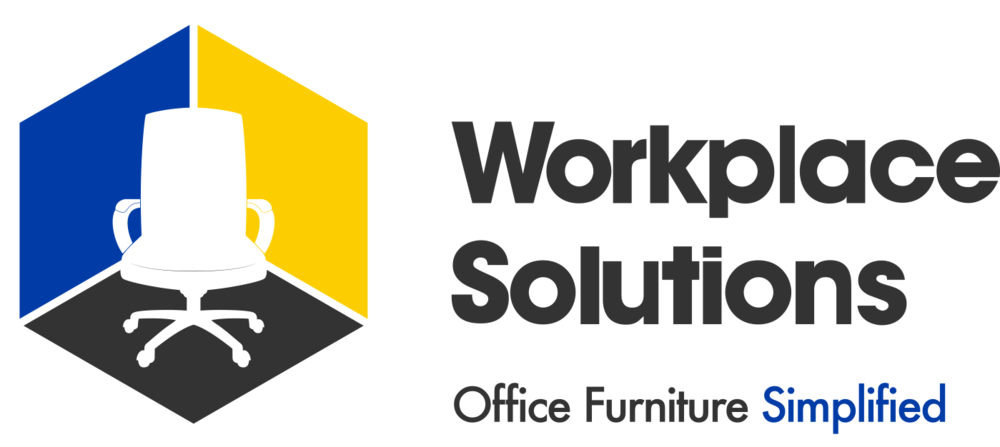As we enter the last few months of the year, many businesses are preparing to move into new spaces come 2022. The economic and social impact of the pandemic has made the margin for error around a move budget and timeline as narrow as ever. To help businesses mitigate–if not sidestep–any challenges around their next office move, we’ve outlined some of the top hurdles to keep an eye out for based on our experience as project managers, and how to address them.
1. Identifying key decision-makers, needs and approval processes.
It is important to understand the flow of decision-making during the process of a move. Identifying who has the last say is key. Understanding departmental budget constraints and key decision-makers from those departments upfront will help when it comes time to making critical time-sensitive decisions. Hiring experienced and objective outside consultants helps navigate this process and advances the most efficient and unprejudiced tactics of a move.
2. Maintaining productivity and change management.
Taking workers out of their current office environment and putting them into a new space can disrupt productivity if not handled delicately. Often employees may encounter new workstations with different levels of privacy. If you plan to create alternative work environments, businesses must address this with the workers prior to arriving in the space.
This is a process that usually starts even before construction. Businesses need to bring employees along with management through the journey of an office move and keep them informed step by step of what changes will be taking place. For example, if hot desking or flexible office space is utilized and people no longer have assigned offices/desks, it is crucial to work with the employees to downsize their needs months prior to a move. This often starts with digitizing files and identifying spaces in the new office such as lockers or files in which they can keep office materials that they don’t want to lug home at the end of the day but can access when at the office. Often engaging employees in some decisions (with limited options) is a great way to make them feel part of the process.
3. Integrating new employee work-from-home expectations.
Transitioning to more work-from-home flexibility was a tough challenge for companies and employees prior to the pandemic, only to be accelerated during the last 18 months. Companies might not have invested in the needed technology (laptops vs. desktops) and investment infrastructure pre-pandemic. Now, companies must offer this alternative way of working and those that fought this prior to the pandemic had to quickly pivot and make the change. Many companies were already creating flexible work environments pre-pandemic, which put them at an advantage. When coordinating a move to a new office, decision-makers must lean on the operational flexibility work-from-home can offer while planning new office design and needs in recognition that work-from-home is here to stay.
4. Connectivity!
At the onset of any move, effective project managers and other decision makers make sure the IT department sets up their vendor for internet and connectivity to the new office. The lead time for this can be months out and the team needs to work with the building to make sure the desired vendors are in the building. If not, the client and the building need to work together to make sure a new vendor can get into the space. No matter how quick you can build a space, if the clients don’t have connectivity, they cannot run their business from the new space.
5. Identifying and budgeting for a variety of IT needs.
Integrating remote and virtual collaboration technologies in the office space upfront makes a move and productivity upon arrival much easier. Business must get team members involved upfront in identifying IT needs so that the infrastructure makes it into the drawings (for pricing) and doesn’t become an afterthought and unexpected cost. Also, it’s important to remember that technology changes very quickly these days. Investing in furniture with heavy AV and technology can often be a waste and requires updates while furniture becomes antiquated quickly. When strategizing a new office move, businesses should make sure they are not committing significant investments to technology that may become quickly obsolete.
6. Delays in confirming external vendors.
Identifying all the external service providers needed for a new space is critical to prevent delays for set up on day one of business in a new space. This includes anything from copier equipment vendors to coffee vendors. It’s important that the specifications for their products are designed as part of the construction documentation phase to save on change orders down the road.
7. Furniture procurement.
Laying out the procurement process for furniture and integrating it into the schedule is key to making sure lead times are accounted for. Often clients handle this process on their own rather than engaging the design firm, but a good project manager helps layout the process and timing so all parties know what to expect.
A good move project manager hopes for the best outcomes but is always prepared to handle the worst challenges. An office move is an important step for every business, and decision-makers should approach and plan for the event in a manner that is reflective of where the trajectory of their business is headed.
Article by Peter Kontos and J.T. Garofalo for REJournals. Peter and J.T. lead project management for Alvarez & Marsal Property Solutions (AMPS).

